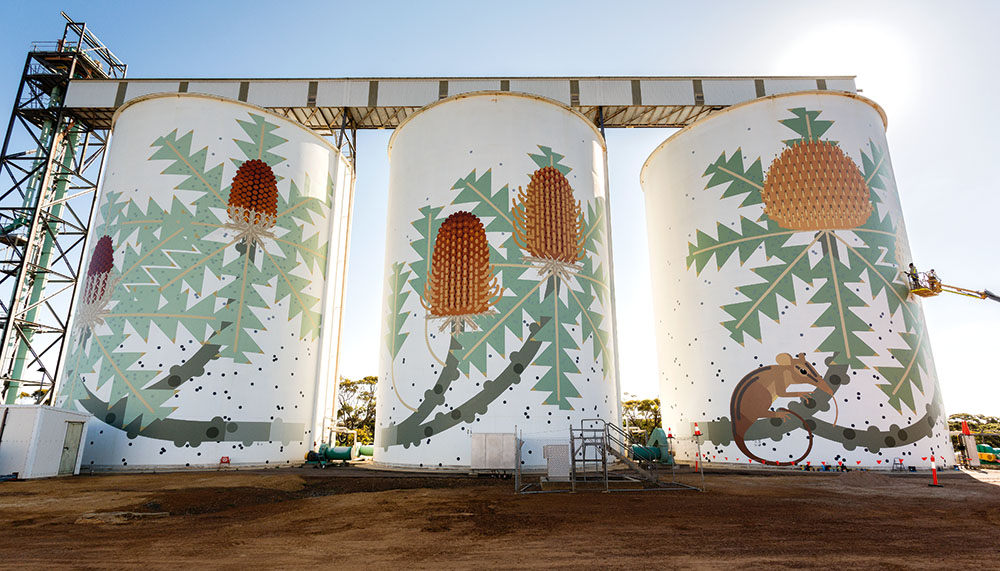This pretty south-western town is doing well, with its mix of tourism, mining and farming, and its world-famous flower festival.
Story Hannah Siemer + Photo Bewley Shaylor
When 84-year-old Enid Tink is asked how long she has lived in Ravensthorpe, roughly 500km south-east of Perth, she simply answers, “Always”. Enid is an anomaly. Underpinned by a mix of mining, agriculture and ecotourism, Ravensthorpe has experienced significant periods of boom and bust since the town was gazetted in 1901. In the early 1950s, Enid claims, only two families lived in Ravensthorpe. “It was just my side and another lot,” she says. The opening of a copper mine in 1957 breathed new life into the town, but 14 years later the mine closed, and the cycle began again.
Today, around 400 people call ‘Ravy’ home. It’s a small but vibrant community, closely connected with its seaside neighbour Hopetoun, 50km south, which has about 1300 residents. A decade ago, the towns were all but deserted, but two operating mines – nickel and lithium – have bolstered the population in recent years. “When BHP shut down, we lost 1800 [residents],” Ravensthorpe Shire president Keith Dunlop says of the mining giant’s sudden departure in 2009. Keith’s a farmer and no stranger to hard times. “There’s no good whinging about it. You just get on and try to do other things,” he says.
Ravensthorpe, however, is in a good place right now. Construction of a $5 million cultural precinct is underway, nickel and lithium prices are surging and, after a four-year drought broke in June 2021, many of the region’s grain growers have finished harvest on record highs. “In all my years, I never remember as much grain as this,” Keith says, driving past a row of open bulkheads filled with grain. “It’s just bursting.”
This story excerpt is from Issue #142
Outback Magazine: April/May 2022









